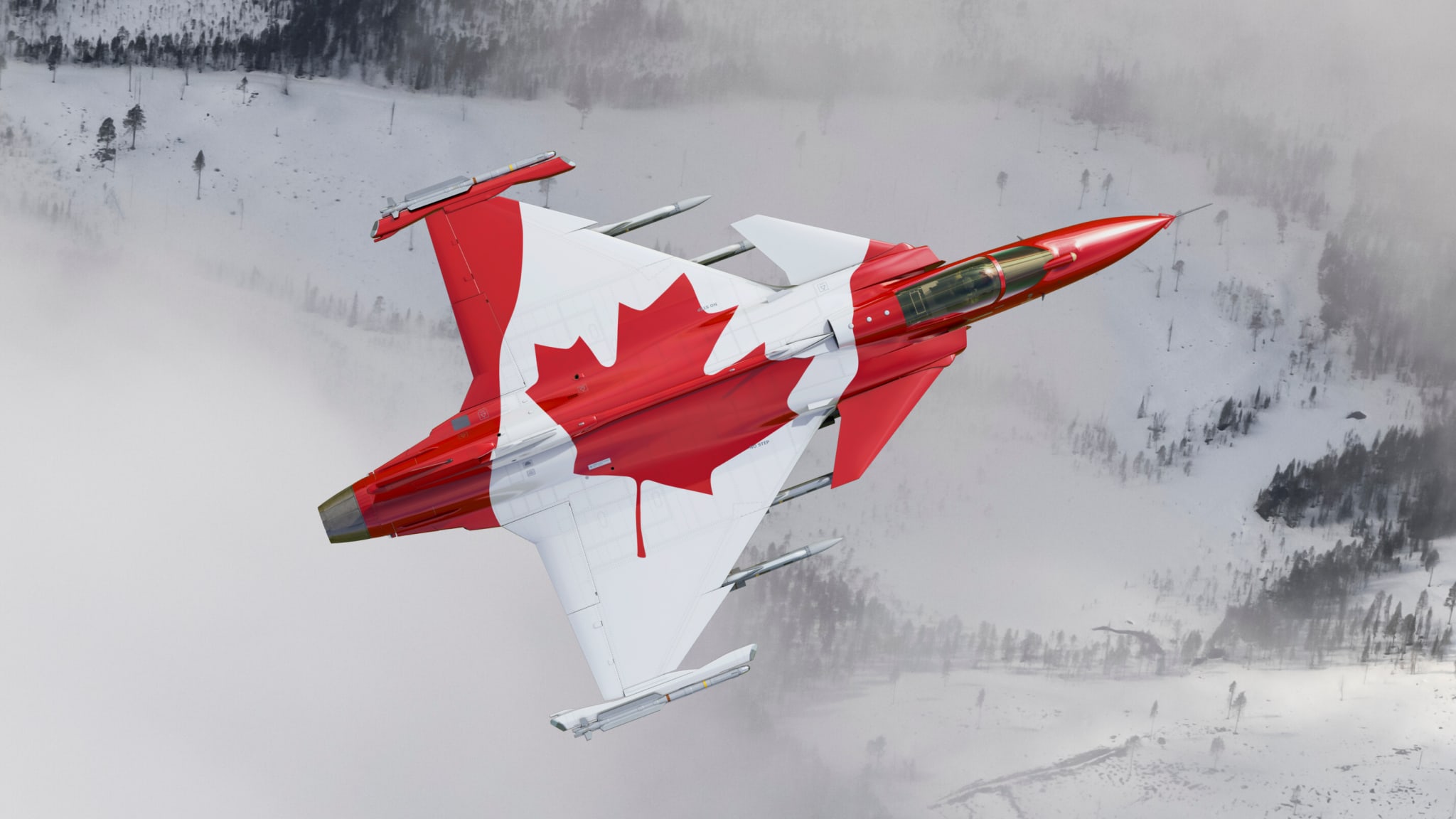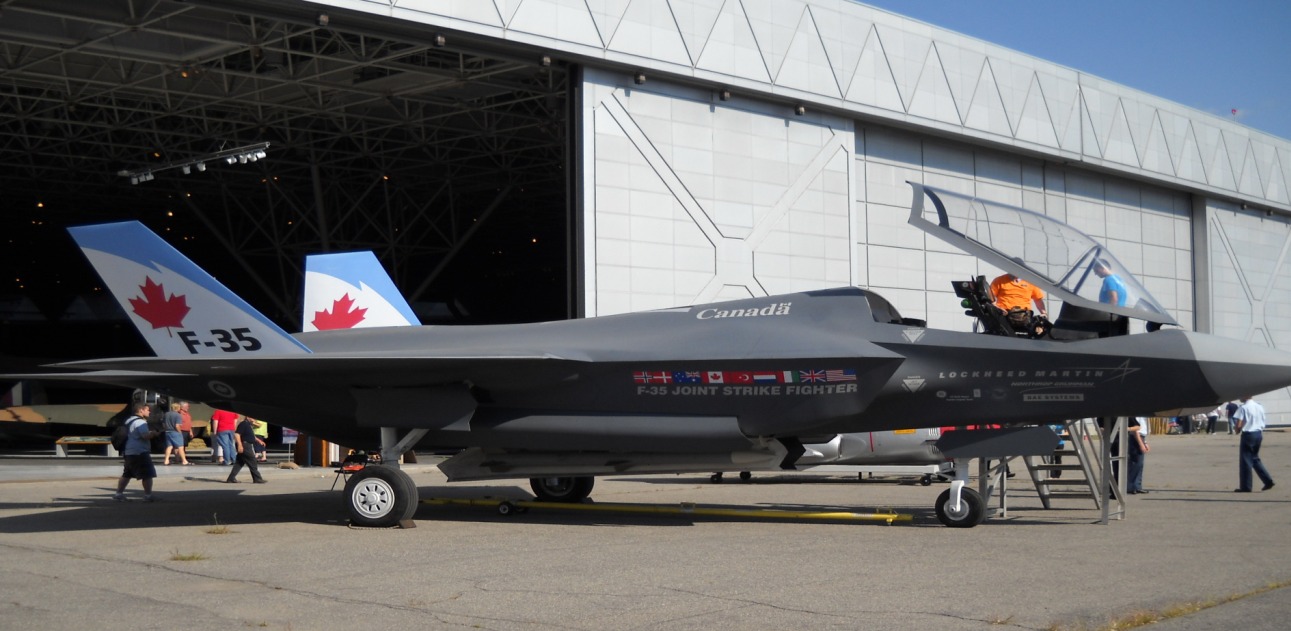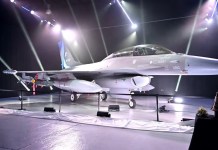Unlike its European peers, such as the Rafale and Eurofighter Typhoon, the Saab Gripen-E has had limited success in the export market. However, a potential acquisition by Ukraine — and possibly even by Canada — driven by budget realities, NATO interoperability, and Saab’s local-assembly pitch can reverse the tide.
Of the three European 4.5th-generation fighter jets available for export, the French Rafale has been purchased by 9 countries besides France, while the Eurofighter Typhoon (produced by a consortium of the UK, Germany, Italy, and Spain) has been bought by 10 nations.
Even though both these aircraft faced stiff competition from the American F-35 Joint Strike Fighter (JSF), they have managed to sustain demand.
Turkey recently placed an order for 20 Eurofighter Typhoons, whereas the Indian Air Force (IAF) has proposed purchasing 114 Rafales to bolster its air fleet, in addition to the 26 Rafale-M ordered for carrier operations.
In fact, both Dassault and the Eurofighter consortium are currently in talks to export their respective jets to potential customers, exploiting the uncertainties under the Trump administration.
In contrast, Saab Gripen-E has had a rough stint in the export market so far. The first major order for the aircraft came in 2014, when Brazil signed a deal to purchase 36 Gripen-E jets. This was followed by a decade of losses.
The dry spell finally ended when Thailand announced in 2024 that it would acquire four new Gripen E/F to replace its aging fleet of F-16s. This was followed by Colombia announcing in April 2025 that it was poised to acquire the Swedish jet, but a final decision is yet to be taken.
A major breakthrough came last month, when Ukraine signed a Letter of Intent (LoI) to purchase about 150 Saab Gripen-E fighter jets. At the time, the Swedish Prime Minister Ulf Kristersson said that a major export deal covering “likely between 100 and 150 fighter jets” is at the heart of this LoI.
Although the LoI is not a binding formal contract, Swedish Defence Minister Pal Jonson recently told Reuters that the two countries are making progress on financing for a major deal that could include Kyiv buying up to 150 Gripen E fighter jets, adding that a part of the deal could be funded by Sweden as part of military aid.
“We can look at export credits, the frozen Russian assets, and our framework for Ukraine aid, which is 40 billion crowns next year and 40 billion in 2027,” he told the publication.
Saab Swaying Canada
Saab has been making concerted efforts to promote the Saab Gripen-E/F to Canada ever since Prime Minister Mark Carney put the purchase of 88 F-35A jets under review in March 2025 amid sustained tensions with the United States.
The CEO of the Swedish industrial behemoth Saab, Micael Johansson, traveled to Ottawa to meet with the nation’s top bureaucrat, Privy Council clerk Michael Sabia, a few days ahead of the federal budget being tabled, which fuelled speculation that a deal between the Canadian government and the military manufacturer was in the works.
According to a recent CBC News report, the Swedish King Carl XVI Gustaf and Queen Silvia are expected to lead a business and political delegation to Canada between November 18 and 20, further signalling that Sweden is doing everything it can to push the sale of Gripen.
In fact, the strategic importance of the visit can be gauged by the fact that it will include Sweden’s deputy prime minister, Ebba Busch, and its defence minister, Pål Jonson, as well as over 60 members of the country’s business community.
According to the report, the delegation will visit Bombardier’s Montreal facilities, underscoring Saab’s desire to work with the company on Gripen production for the Canadian market and prospective customers such as Ukraine.
Earlier, the Saab CEO had said the company wants to increase the multirole supersonic jet’s production capacity outside Sweden to ramp up production and meet demand from Ukraine, which is expected to acquire more than 100 Gripen-E fighters. Johansson said the company was considering Canada as its third production site, after Sweden and Brazil.

This was followed by Bombardier confirming that it had been in talks with Saab to build the Gripen fighter in Canada earlier this month.
“Bombardier is open to providing local expertise if the government of Canada decides to go this route,” Mark Masluch, Bombardier’s senior director of communications, stated.
In addition to the Gripen, the Carney government reportedly has a soft spot for the GlobalEye airborne early warning and control (AEW&C) platform. GlobalEye is built on the Canadian-made Bombardier Global 6000/6500 business jet, meaning it would not be a completely foreign platform for the Royal Canadian Air Force (RCAF).
Saab officially designated the GlobalEye as a contender for Canada’s airborne early warning and control (AEW&C) platform requirement on May 28.
With Gripen, Saab is essentially trying to make a comeback into the Canadian market, where it was once touted as a hot contender to win its Air Force contract.
In March 2025, the Canadian Prime Minister, Mark Carney, put the F-35A purchase under review after Trump imposed unprecedented tariffs on Canada and called on the country to become the 51st state of the US. There were also concerns that, in the event of political fallout, the Trump administration could weaponize its control over the F-35 by blocking access to spare parts and software upgrades, rendering F-35s inefficient.
While putting the F-35 purchase under review, Carney said the country would look for alternatives in Europe. Interestingly, of the three European aircraft available to Canada, Gripen was the final contender in 2022, when Ottawa chose the F-35.
Meanwhile, the Eurofighter Typhoon and the Dassault Rafale, both left the competition before it began, complaining that the process unfairly favored US companies.
This has triggered speculation that Gripen-E could be the natural choice if the review rules out proceeding with the F-35 purchase.
While Canada has affirmed that it will buy the 16 F-35A Lightning II jets that have already been paid for, it has yet to decide whether to proceed with the acquisition of the 80 F-35s as agreed in the contract or replace them with another aircraft.

If Canada chooses the Swedish jet, it will be the second-largest export order, behind the likely Ukrainian order (100-150). However, it would be a massive setback for the US and Lockheed Martin, the developer of the F-35.
The Gripen’s reduced life-cycle costs, including effective maintenance, guarantee long-term sustainability, which is essential for nations seeking to update their fleets while conserving resources. Meanwhile, the cost of the F-35 has ballooned significantly since the deal was signed, going from CAD 19 billion in 2023 to CAD 27.7 billion. However, there would be additional costs to maintain and operate two fleets, especially for pilot training and infrastructure construction, which is being built with the F-35 in mind.
Some voices within the Canadian military support acquiring a fifth-generation fighter, especially as adversaries like Russia and China are consistently bolstering their capabilities with next-generation platforms. The military likely fears being left behind at a time when countries have already started work on sixth-generation aircraft.
Currently, the United States accounts for over 75% of Canada’s military purchases.
There has been speculation that Canada will remain committed to the F-35. Canada’s secretary of state for defense procurement, Stephen Fuhr, said in an interview last month that the nation wasn’t attempting to abandon the F-35. However, until a decision is taken, Saab is leaving no stone unturned to convince Canada that the Gripen-E is the best choice.
- Contact the author at sakshi.tiwari13 (at) outlook.com
- Follow EurAsian Times on Google News




